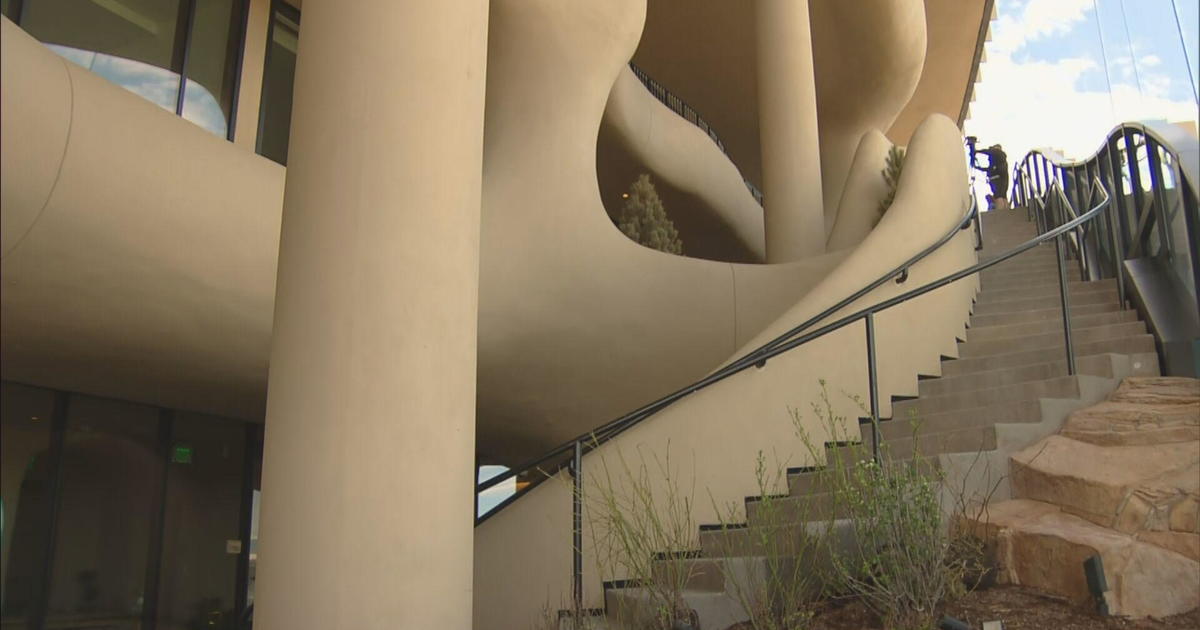Does Your Child Have High Blood Pressure?
DENVER (CBS4) - It's thought that hundreds of thousands of American kids have high blood pressure, but they and their parents don't know it. But that may change with new guidelines on testing and treatment from the American Academy of Pediatrics.
The update is the first since 2004, and is aimed at finding and caring for those children who otherwise would have complications from undetected and untreated hypertension.
The guidelines basically are more specific than in the past in terms of when to screen, how to screen, when to treat, and how to treat.
In the past, the emphasis was really looking at overweight youngsters as being the ones most likely to run high numbers-- but now, the Academy wants each child ages 3 and older to have a routine blood pressure measurement every year during a routine checkup.
Other key changes include:
Taking at least three measurements, in most cases, to confirm elevated numbers. (In this case, not a year between the three measurements).
If consistently elevated, a child should have what's called a 24-hour ambulatory blood pressure exam, meaning wearing a potable blood pressure monitor for 24 hours to make sure they are not just shooting their numbers up during a visit to the doctor's office (white coat hypertension).
And if diagnosed with high blood pressure, having an ultrasound (echocardiogram) of the heart to look for structural or genetic abnormalities.
Doctors are also being advised to recommend lifestyle changes quickly if numbers are running high, as well as getting a kid on medication sooner than we used to.
The two key things to know about high blood pressure in children are:
There are no symptoms— hypertension is a silent disease
Many children do not have routine blood pressure checks during a visit to the doctor's. Make sure your child does.
Here are some rough numbers of the upper limits of normal per age:
| Age, years | Blood Pressure | |||
| Boys | Girls | |||
| Systolic (top) | Diastolic (bottom) | Systolic | Diastolic | |
| 3 | 101 | 58 | 102 | 60 |
| 4 | 102 | 60 | 103 | 62 |
| 5 | 103 | 63 | 104 | 64 |
| 6 | 105 | 66 | 105 | 67 |
| 7 | 106 | 68 | 106 | 68 |
| 8 | 107 | 69 | 107 | 69 |
| 9 | 107 | 70 | 108 | 71 |
| 10 | 108 | 72 | 109 | 72 |
| 11 | 110 | 74 | 111 | 74 |
| 12 | 113 | 75 | 114 | 75 |
| ≥13 | 120 | 80 | 120 | 80 |
Remember, these are rough figures, and guidelines are just that, guidelines. Each child is different.
The key is knowing where your kid's numbers are running, just as you should.
LINK: AAP New Pediatric Hypertension Clinical Practice Guide
Dr. Dave Hnida is CBS4's Medical Editor. He blogs about the latest studies and trends in the health world. Read his latest blog entries, check out his bio or follow him on Twitter @drdavehnida





